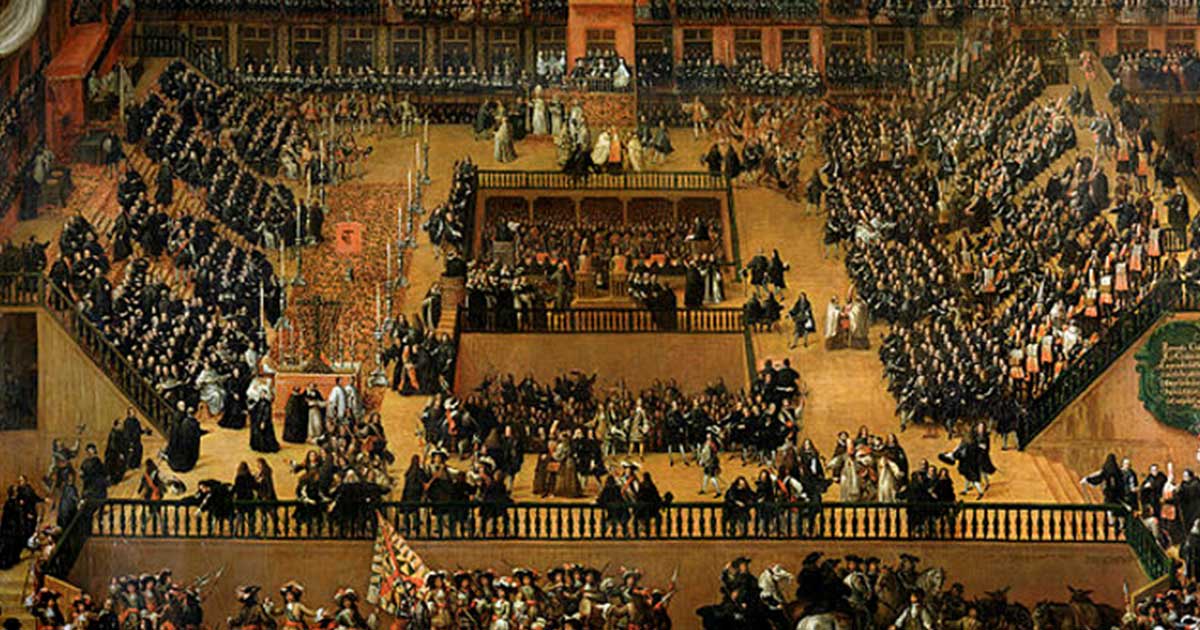The Horrors of the Spanish Inquisition Explained (Video)
The Spanish Inquisition's enduring impact is evident in modern Spain, where regions affected by it still exhibit socioeconomic indicators reflective of its historical legacy. Originating from Pope Lucius III's decree in 1184, the Inquisition evolved into a tool wielded by monarchs like King Philip IV of France and Ferdinand II of Spain to consolidate power and wealth.
- The Spanish Donkey: Medieval History’s Most Horrific Torture Method
- The Spanish Inquisition: The Truth behind the Dark Legend (Part I)
Under the leadership of Torquemada, inquisitors employed brutal tactics to extract confessions and maintain control, targeting Jews, Muslims, and eventually even Catholics suspected of heresy. Confessions obtained under torture were commonplace, leading to thousands being burned at the stake or expelled from Spain. The Inquisition's demise came with Napoleon's conquest in 1808, though Ferdinand VII's attempt to revive it met with resistance, culminating in its official dismantling in 1834.
The Inquisition's dark chapter serves as a cautionary tale of unchecked power and religious zealotry. Despite papal attempts to curb its excesses, the Spanish crown manipulated the Inquisition to serve its political and economic interests, leading to widespread persecution and terror. The Inquisition's methods, including public spectacles of punishment like the auto-da-fé, instilled fear and control over society, leaving a lasting scar on Spain's history.
Top image: Painting of the 1680 auto de fé, at Plaza Mayor in Madrid. Source: Public Domain

















